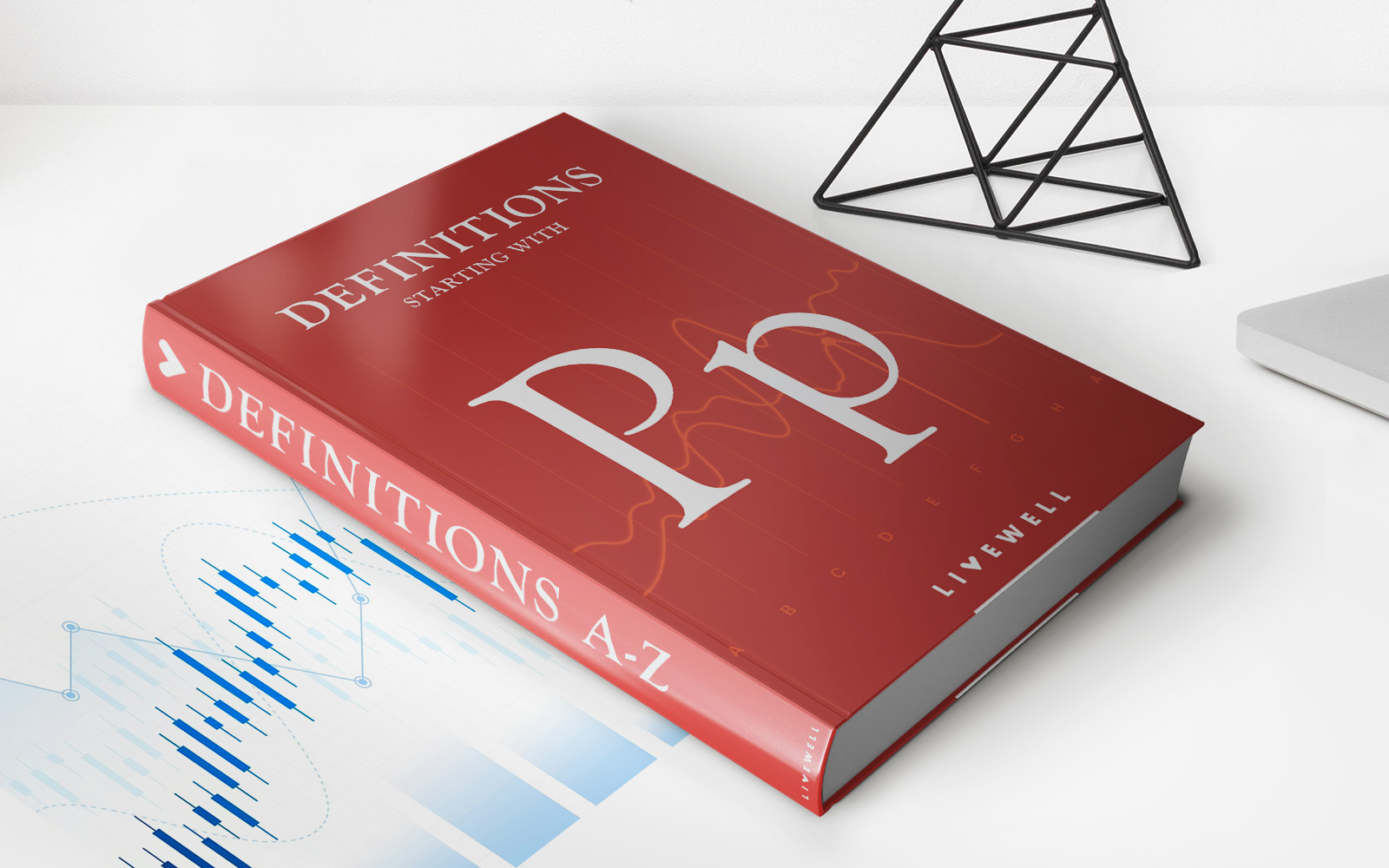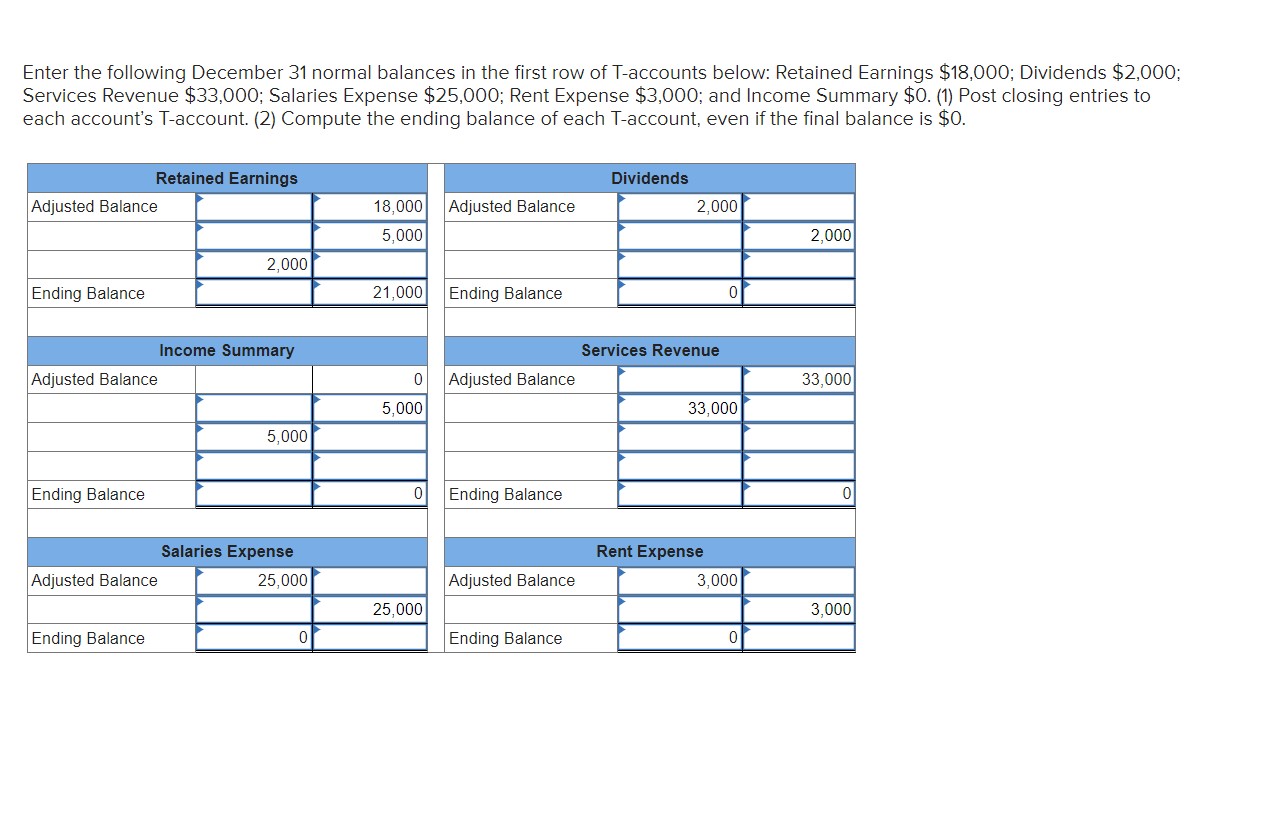Home>Finance>Marginal Propensity To Invest (MPI): Definition And Calculation


Finance
Marginal Propensity To Invest (MPI): Definition And Calculation
Published: December 22, 2023
Learn the definition and calculation of Marginal Propensity to Invest (MPI) in finance. Understand how MPI impacts economic growth and investment decisions.
(Many of the links in this article redirect to a specific reviewed product. Your purchase of these products through affiliate links helps to generate commission for LiveWell, at no extra cost. Learn more)
Marginal Propensity to Invest (MPI): Definition and Calculation
Welcome to our FINANCE category, where we delve into the world of financial concepts to help you gain a better understanding of the intricate workings of the economy. In this blog post, we will explore the concept of Marginal Propensity to Invest (MPI), a vital measure that plays a significant role in understanding the spending patterns of individuals and businesses. So, what exactly is MPI, and how is it calculated? Let’s find out!
Key Takeaways:
- Marginal Propensity to Invest (MPI) measures the percentage of an additional income that individuals or businesses choose to invest rather than consume.
- MPI is a crucial variable in determining the level of aggregate investment, which directly affects economic growth.
Defining Marginal Propensity to Invest (MPI)
Marginal Propensity to Invest (MPI) is an economic term that refers to the proportion of a change in income that is allocated to investment rather than consumption. It signifies the percentage of additional income individuals or businesses choose to invest in order to expand their productive capacity.
As individuals or businesses’ income increases, they have two options: to either consume the additional income or invest it for future growth. MPI quantifies the portion of income allocated to investment, highlighting the willingness to divert resources towards expanding capital and boosting production.
Calculating Marginal Propensity to Invest (MPI)
Calculating MPI involves dividing the change in investment by the change in income:
MPI = Change in Investment / Change in Income
For example, let’s say a business decides to invest $5,000 with an increase in income of $10,000. In this case, the MPI would be:
MPI = $5,000 / $10,000 = 0.5
Therefore, the MPI for this business is 0.5, indicating that they allocate 50% of the increase in income towards investment activities.
The Importance of Marginal Propensity to Invest
The concept of Marginal Propensity to Invest is crucial in understanding the spending patterns within an economy and its implications for economic growth. Here are a few reasons why MPI is significant:
- Determining Aggregate Investment: MPI helps in estimating the level of aggregate investment in an economy. By knowing how much individuals or businesses choose to invest, policymakers and analysts can make informed decisions to foster economic growth.
- Stimulating Economic Growth: Higher MPI values suggest a greater willingness to invest, which leads to increased capital accumulation, improved productivity, and ultimately contributes to economic growth.
- Affecting Monetary and Fiscal Policies: Understanding MPI is vital for policymakers as they can use this information to formulate appropriate monetary and fiscal policies to stimulate investment and economic activity.
In Conclusion
Marginal Propensity to Invest (MPI) is a critical economic concept that measures the proportion of a change in income that is devoted to investment. By calculating MPI, we gain insights into the spending behaviors of individuals and businesses and its impact on economic growth. Understanding MPI is crucial for policymakers, analysts, and anyone interested in comprehending the dynamics of the economy.
We hope this blog post has provided you with a clear understanding of Marginal Propensity to Invest and its calculation. Stay tuned for more insightful content as we continue to explore various financial topics in our FINANCE category!














